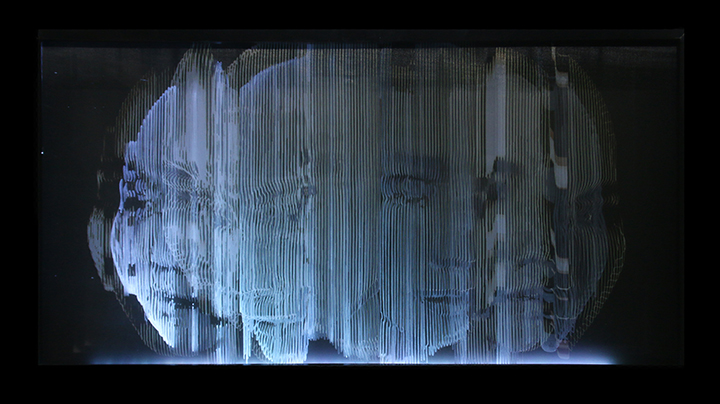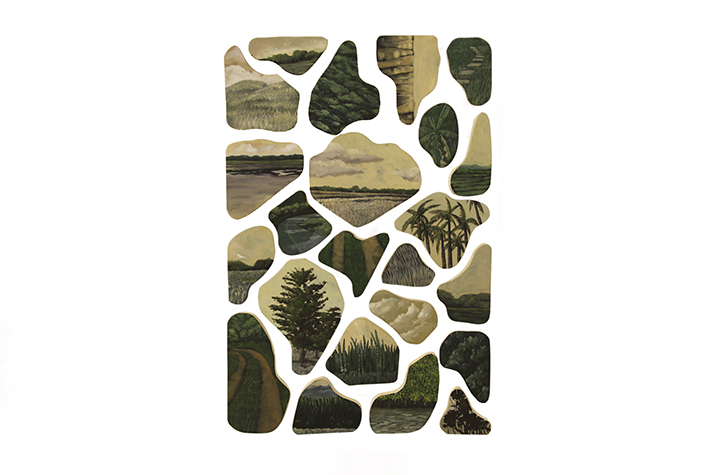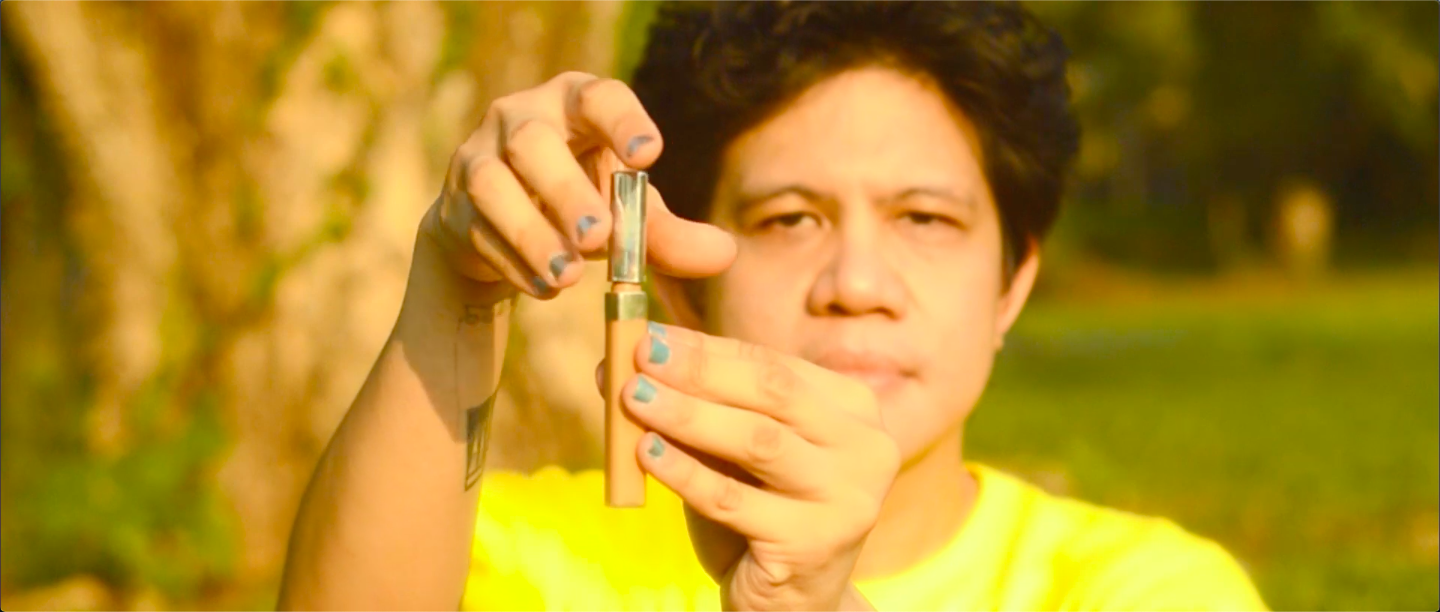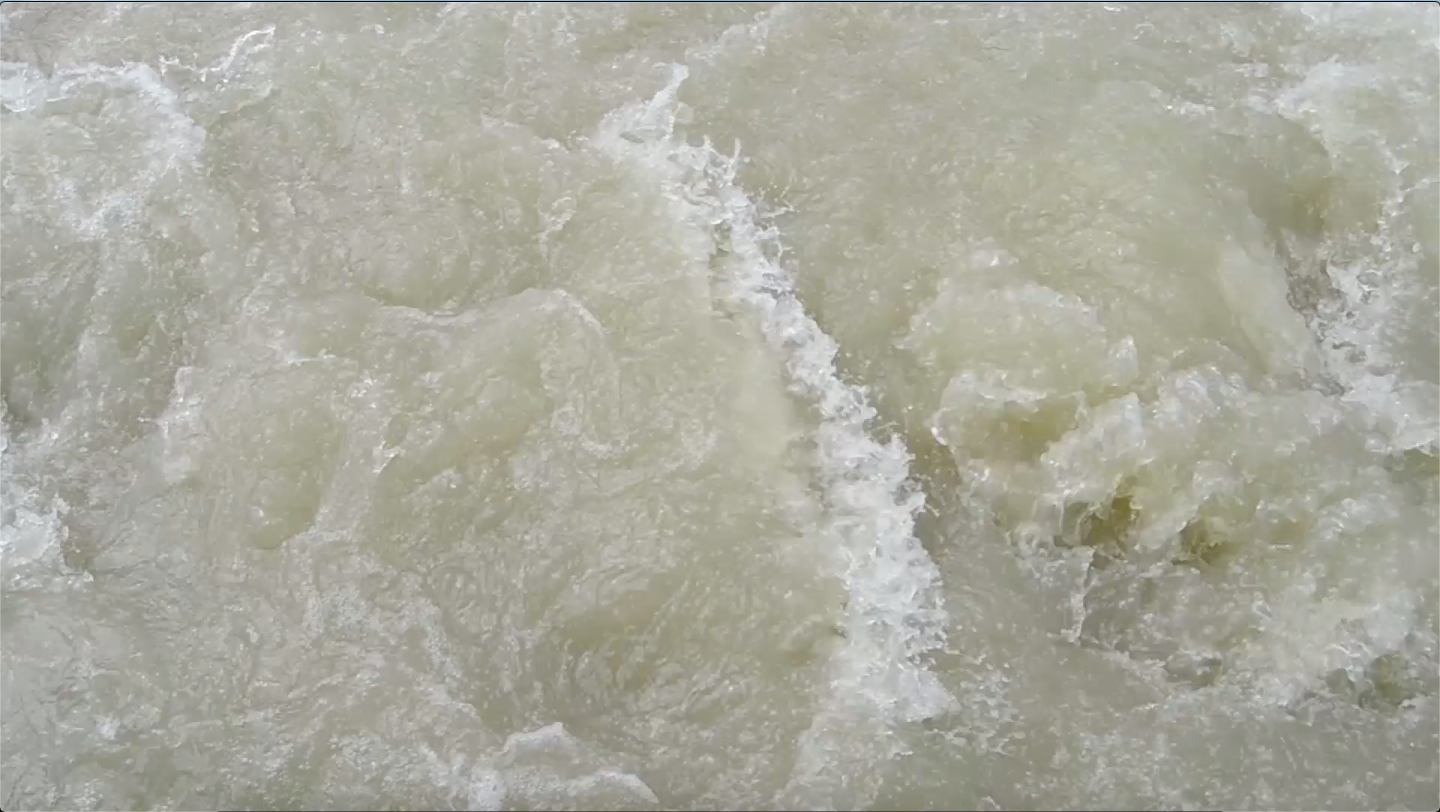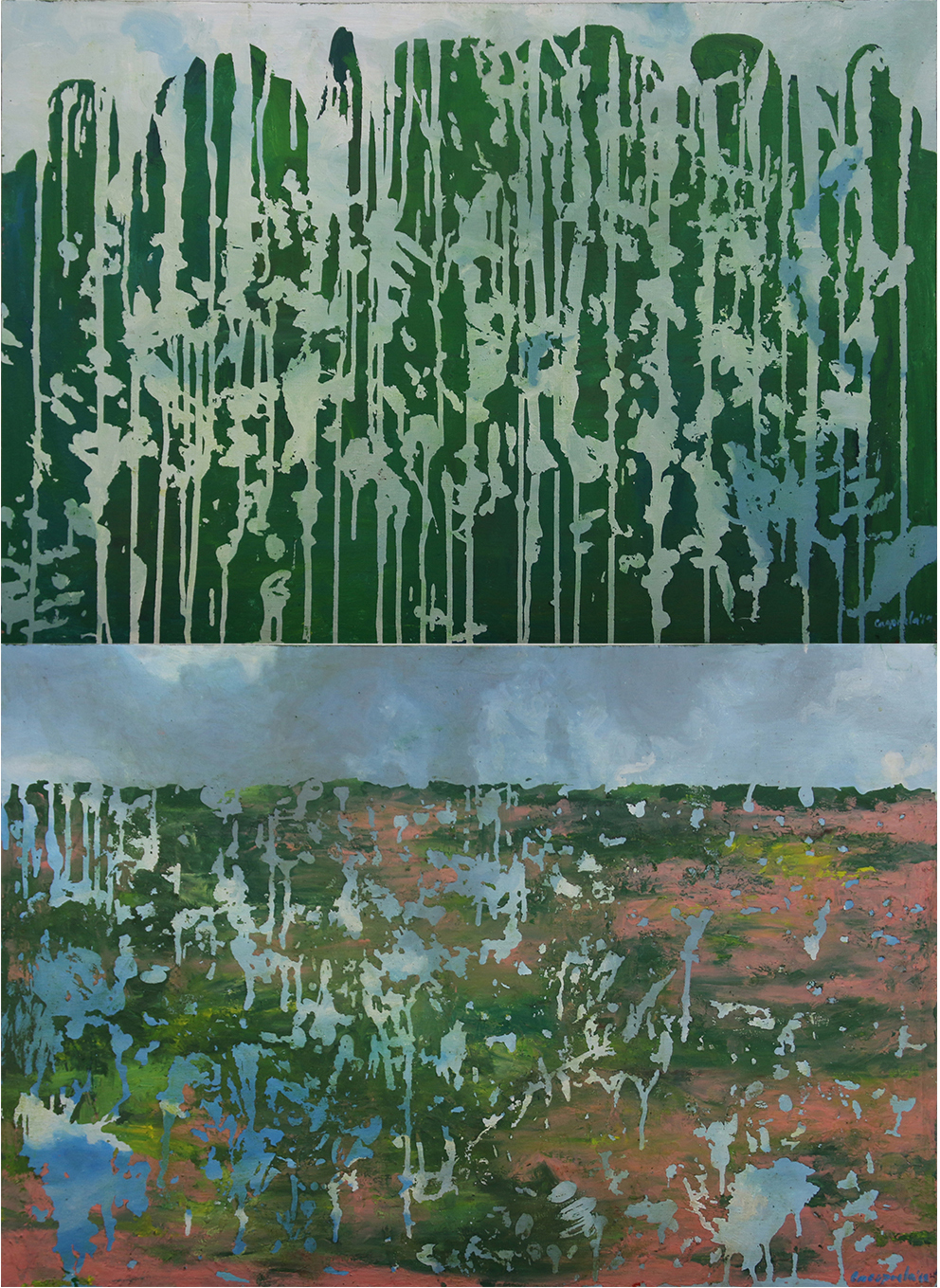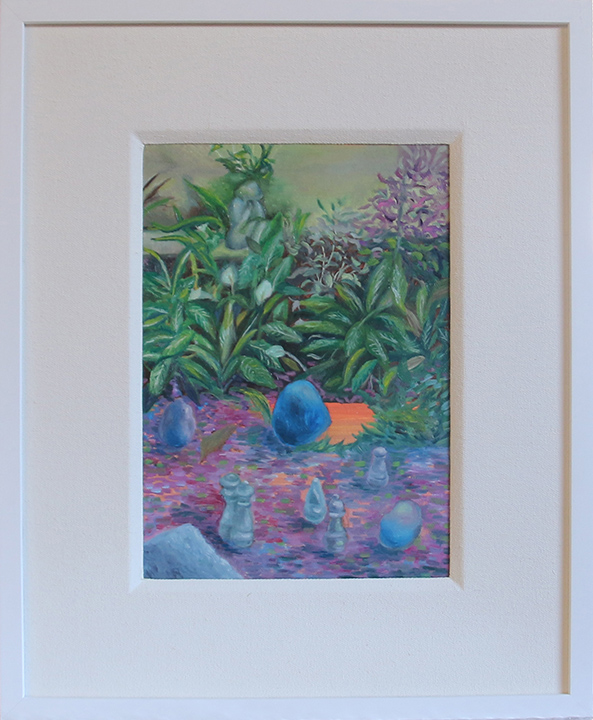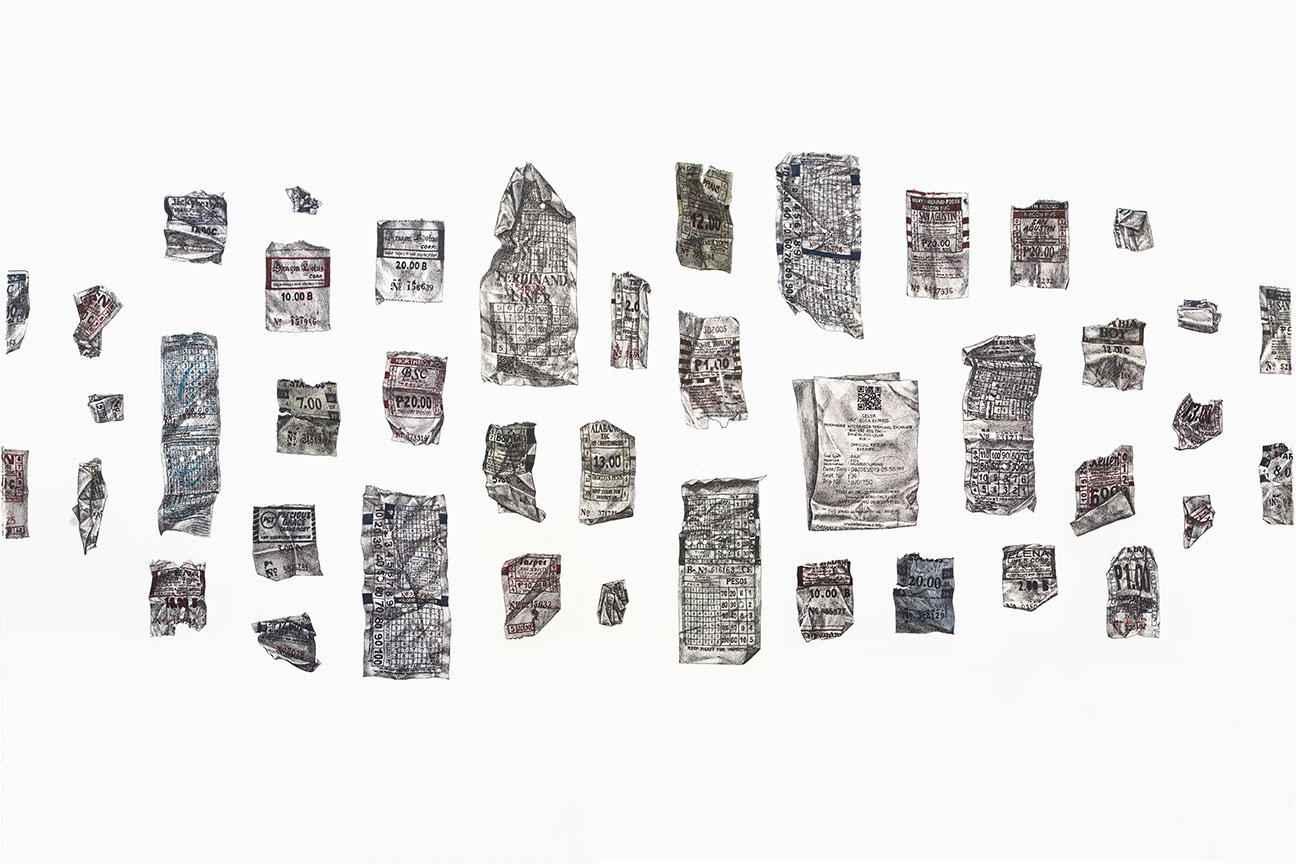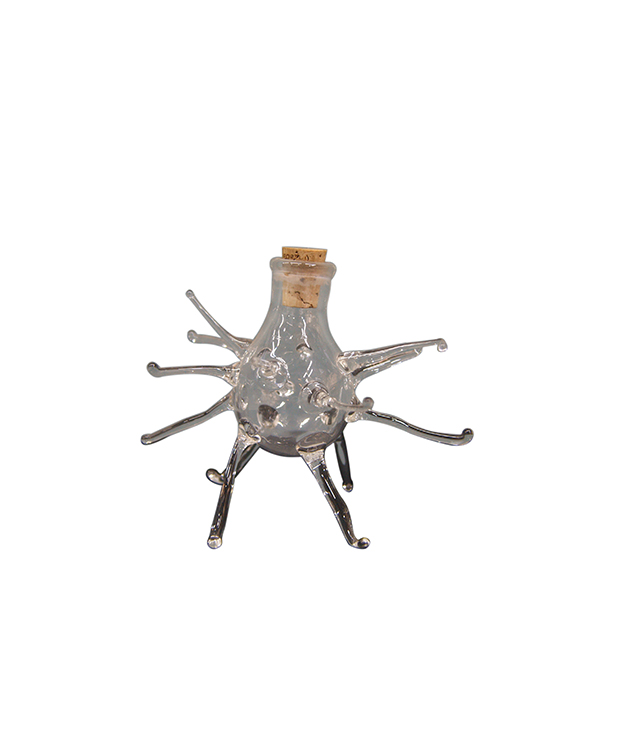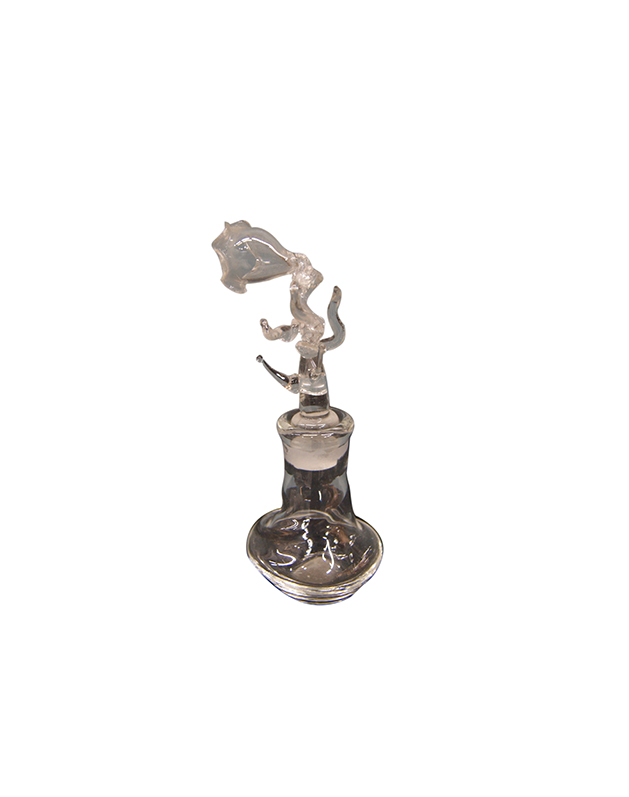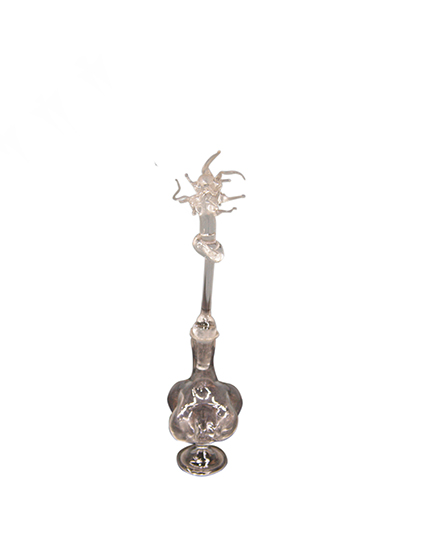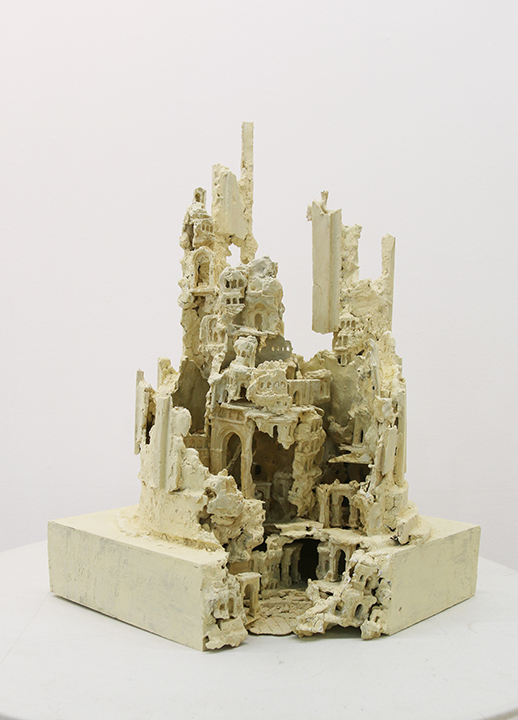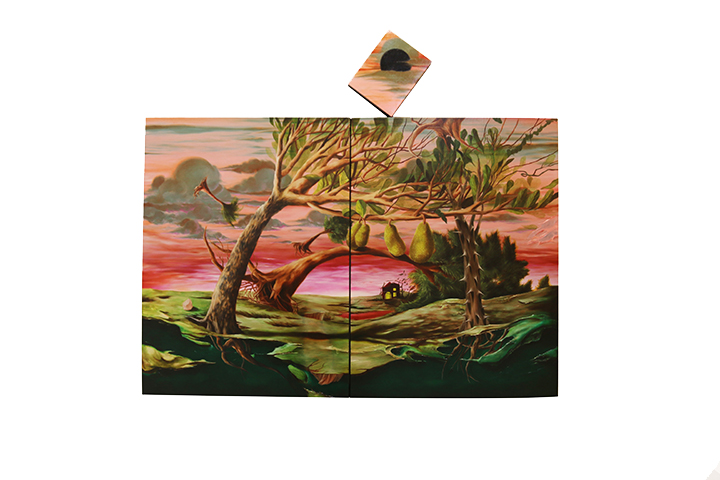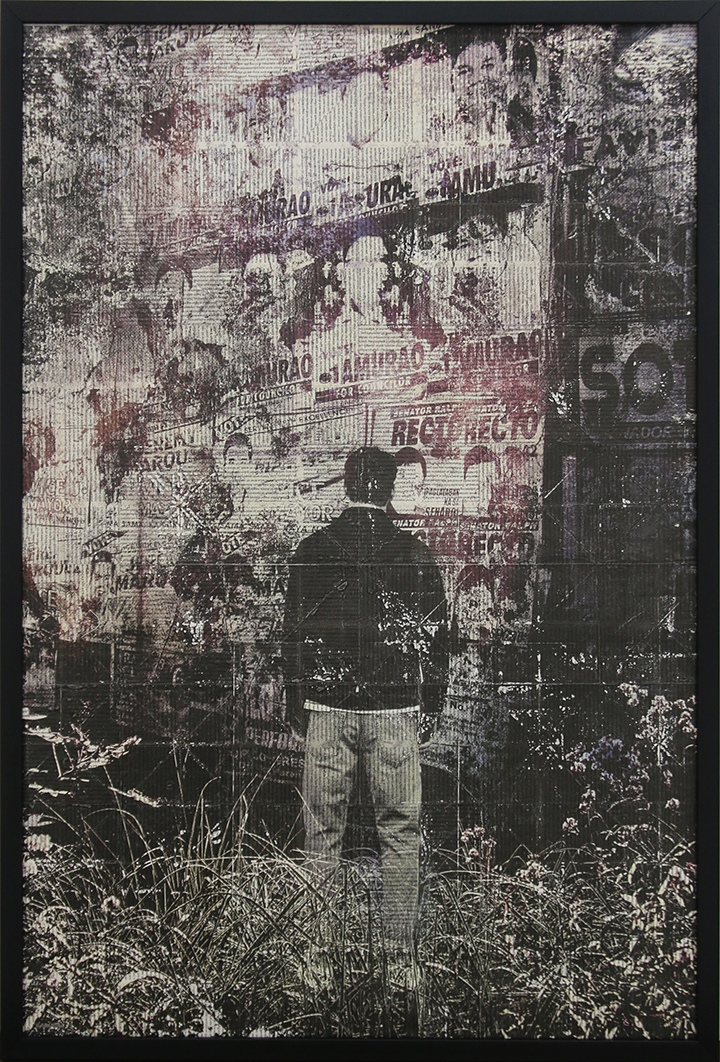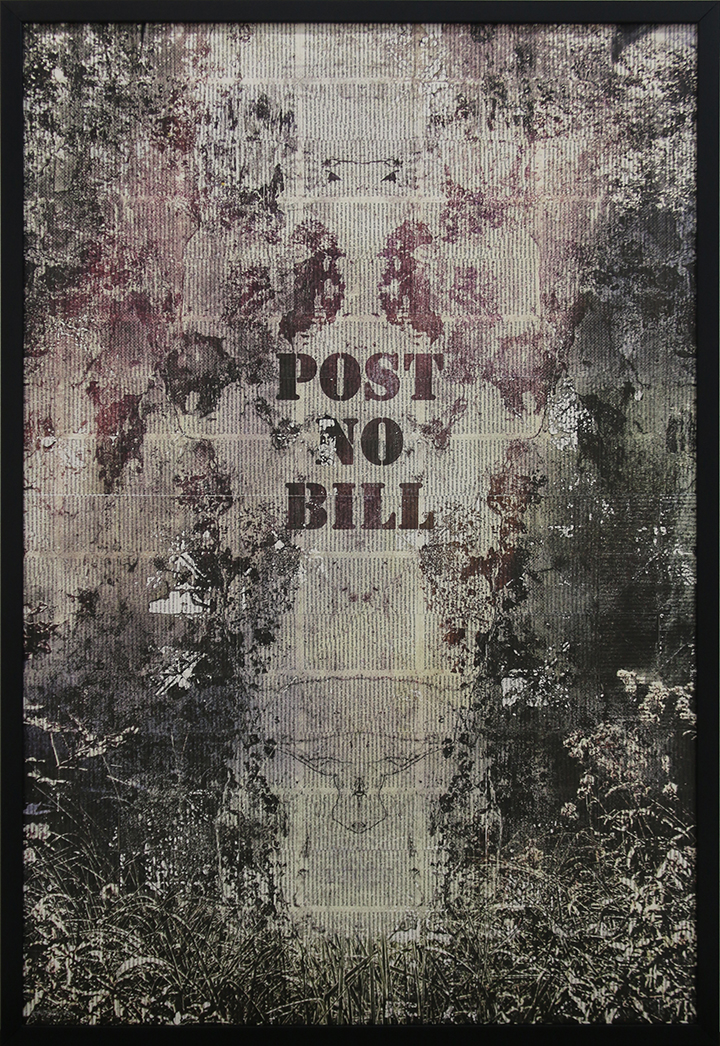Temporal Entanglements / Contradictory Existences
Temporalities turn permanent as permanence becomes temporary. The paradox of time may be narrated in many ways. One could argue that buildings are taller but roads narrower; merchandise is endless yet space limited; possessions have multiplied although values questionable; comments and opinions know no bounds yet integrity lacking; time is assumed to be constant yet less and less. Time is also generalised to be its own autonomous dimension in the world around according to its own laws while paradoxically intimate to the individual. Since Gotthold Lessing’s Laocöon (1766), in which he argues visual art’s inability to depict temporal movement, there has been consciousness and challenge to represent time across space — whether this may be in pictorial, sculptural, installation, and photographic practices. In the investigation of Lorem Ipsum, How does one narrate, illustrate, visualise, document, and experience the temporary within a temporal space? How does the temporary take place? How does the temporary shift and be permanent?
In Place of Placeholders
Lorem Ipsum, a forgotten Latin text scrambling the works by Cicero, the placeholder itself stands the test of time. With the text itself serving as visual form of the document without meaningful content becoming the permanent placeholder. Kitty Kaburo contemplates on the timelessness of text in Cicero’s Dream -- an interpretation of meanings in strange shapes and ambiguities. The nature of dreaming in itself a temporary occurrence, a mystical composition within one’s mind. Should one wake, the dream could be gone or the dream could stay within one’s memory. Just as ephemeral memories of the urban Metro Manila were collected in glass-blown bottles by Goldie Poblador in 2009. The smell of Pasig River water and urine encapsulated in City Streets and Squalor have faded as the glass transcends time. This year, 10 years since, the scent of Opulence has changed into Homecoming as Poblador recalls and recounts the feeling of home. While she isn’t home yet, the scents hold her place.
When place itself becomes transient, one cannot help but gather evidence on the impermanence of one’s space as in the temporality of public commuting documented in In Transit by Henrielle Baltazar Pagkaliwangan. Bus tickets and receipts as proof that for one fleeting moment the commuter “possess” a seat. A ticket that serves as remembrance of once holding place in between two places. In these traversals, views familiar yet fragmented are depicted in Pope Bacay’s Nonsensical Scapes. Bacay’s irregular grid imitates islands filled with familiar encounters that somewhat meet but do not match. An exercise melding places whilst pondering on mundane landscapes. What more when the landscape is one’s home? The enduring appeal of Liv Vinluan’s For Now, At Last is owed in large part to a depiction that feels timeless and relevant. Vinluan takes inspiration from her current home, one that she describes to be an amalgam of appendages and fractionated rooms, that has been reconstructed, refitted, and refurbished by various tenants since it was first built two decades ago. What remains, for now, are the fruit trees around the home -- timeless and relevant.
Encounters Revisited
Francis Commeyne discusses the temporary through an impression, an archive, an inventory of a wall that can be found all over Metro Manila. A large, looming X Marks The Spot seen on corner walls, on posts, on sidewalks, on structures obscuring the development of a new road, pathway, building, the list goes on. An X that promises development. An X that promises progress. An X that promises change. A visual display mirrored in Campaign Posters and Post No Bill by Faye Abantao as printed paper, neatly folded and methodically arranged, create permanent archives of placeholder texts and a commentary on posters seen all over the country. In a country teeming with promises of build, build, build, how does the sky look beyond constructions, reconstructions and deconstructions? Are buildings temporary or permanent? Carzen Esprela underlines these conditions of rural and city life in Scratch Draft.
How does the collapse of structures mark what was? Ioannis Sicuya reworks a sculpture of the remains of an ancient column, previously titled Colonised and now Self Sustaining Collapse, in contemplation on the collapse of civilization. Ruins of ancient cities serve as reminders of the impermanence of society, even sometimes, creating their own inevitable collapse. Echoing these sentiments are two video-installation works, one entitled Floodwater by Nathalie Dagmang and the other Balud (Watersnake) by Francis Raphael Solajes, that discusses and document the experience of powerful tropical cyclones that have hit the country. Dagmang captures the rhythm of the river, the laughter of the children, the sounds of life as the water hits the bridge of Barangay Tumana, a relocation area in Marikina city, who have not forgotten the perils that came with Typhoon Ketsana (Ondoy, 2010). An experience amplified three years later with Super Typhoon Haiyan (Yolanda, 2013), one of the deadliest typhoons on record, which centered in Tacloban the hometown of Francis Raphael Solajes. In the artist’s words, some day the sea will devour our land -- our islands.
Prospective Perspectives
Defined as art that addresses the internet, world wide web, online, virtual space as a superpower that has altered social constructs in the physical and digital realms, PostInternet art is art or art criticism that reflects on the internet itself and its effects or how it affects culture and society. Ralph Barrientos gathers ritualistic actions turned coping mechanisms in Dispelling Energies Using Spells I Found on Google. In this performance video installation, Barrientos stages the actions of Youtube beauty influencers spliced with other Googled rituals in the mood of binaural beats bound and critical of these practices that have been translated from the physical to the screen. The individual that is bound in time. Whether in the cloud or in real life, the individual is bound by the politics and policies of preconceived and assigned identities. Roan Alvarez tackles the nature of identity in Ad Interim, an interactive transmedia artwork, that captures the numerous versions, multiple personas, and various composites of oneself. There is, therefore, the idea that the current self of the individual is a placeholder amidst changes over time. But what happens when time becomes a placeholder to change itself? Ian Carlo Jaucian alters the classic NES game “Contra” into Contra-Diction which simultaneously multiplies the game into 3 identical, well, for lack of a better word, games. However, this video of a game is not simply play but rather a thoughtful introspection of the possibilities in a multiverse where one has infinite lives. Outcomes dependent on a series of events only one can control.
The art in this exhibition confronts purposes of placeholders in the permanence of time -- a situation largely in critical view of the bygone, the now, and the next. A measure of situations personal and societal in an exercise to demystify contemporary ways. With the exhibition both a survey of the landscape and a space for the permanent and the temporary as it is known in this present moment in time. Here, therefore, one faces the permanence of temporality in a temporary exhibition within a permanent space.

